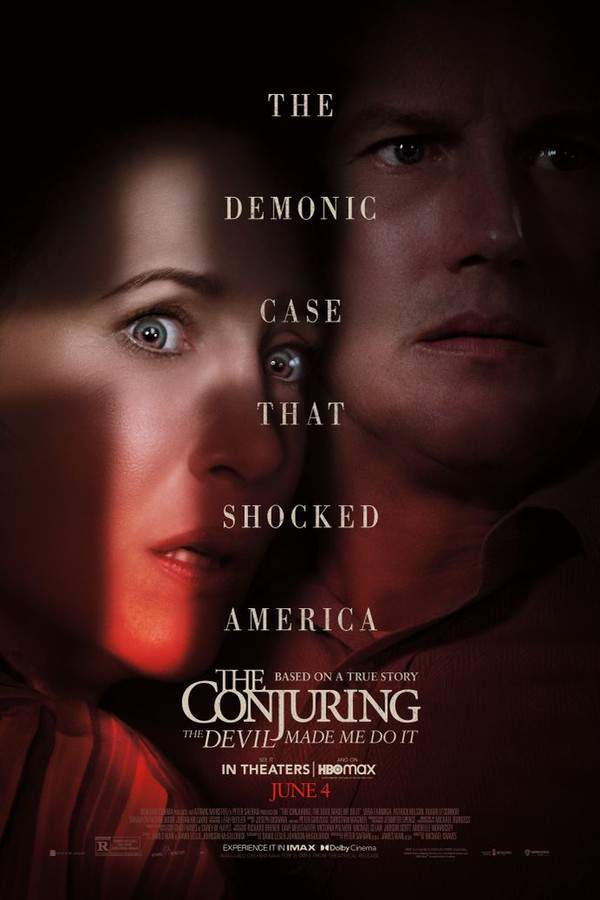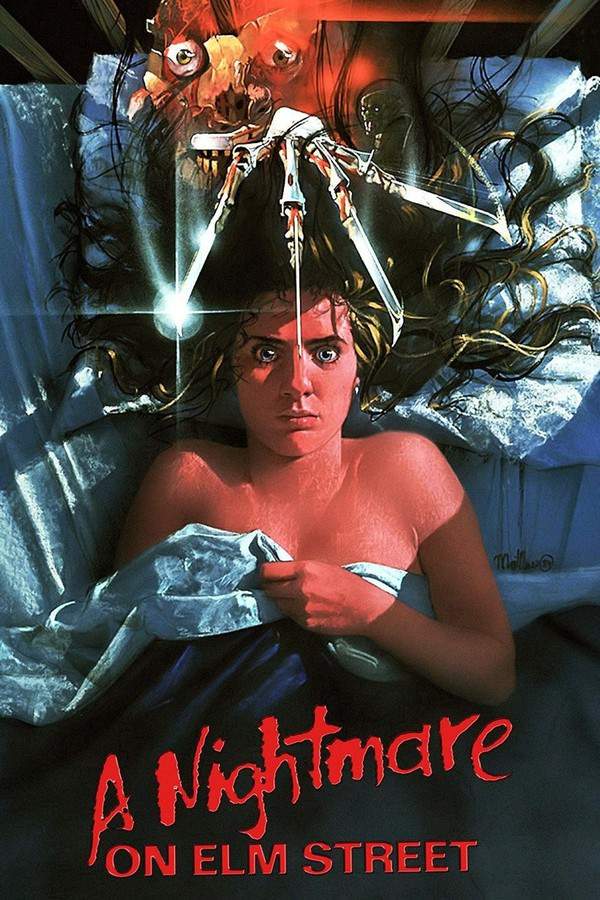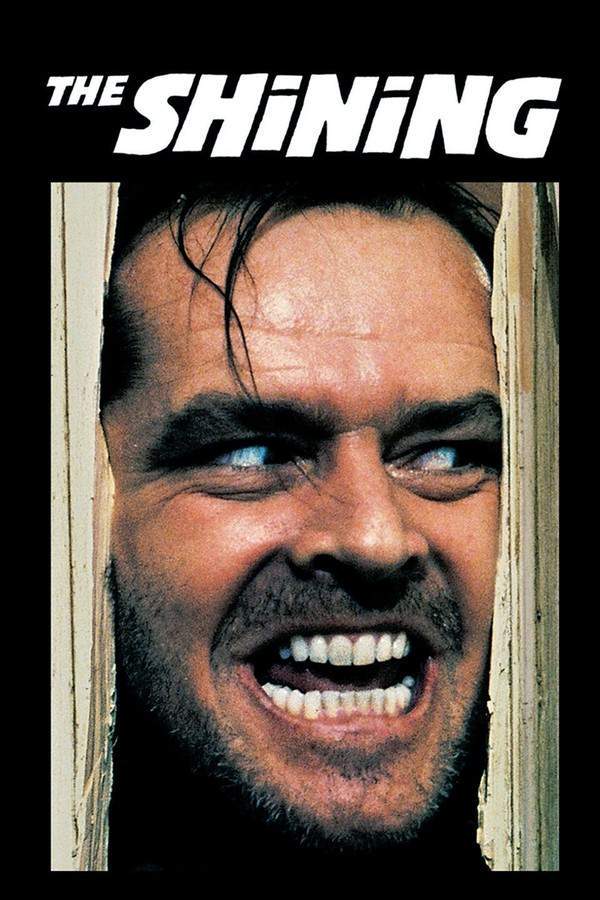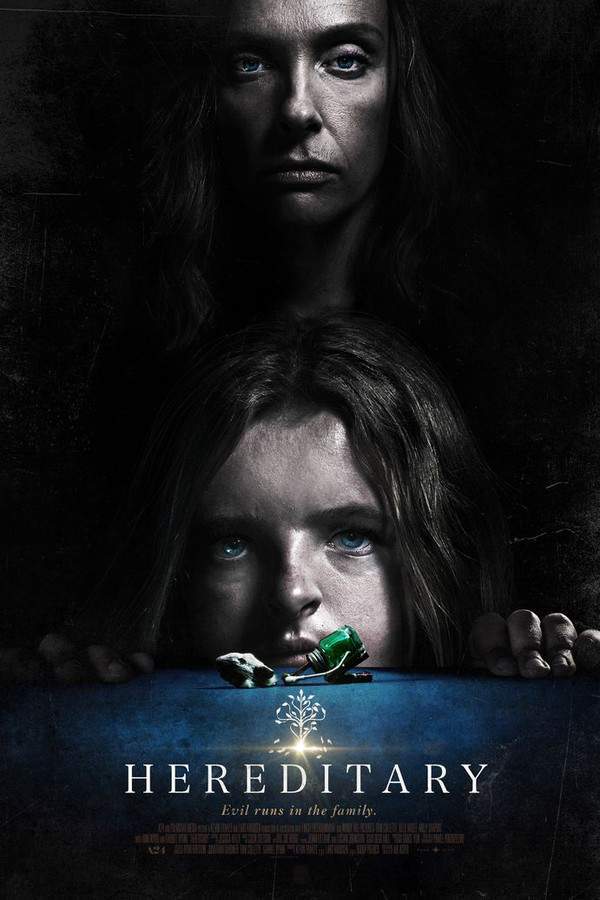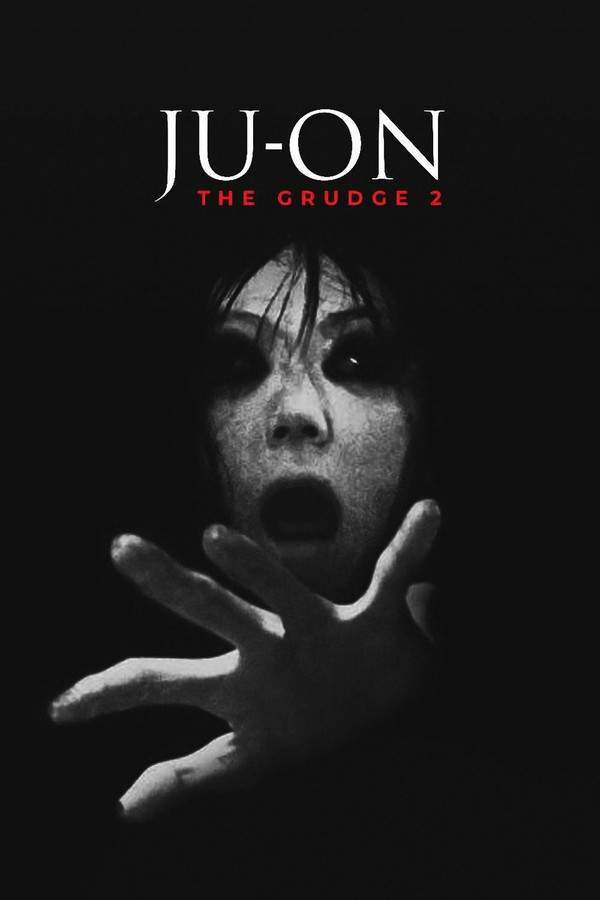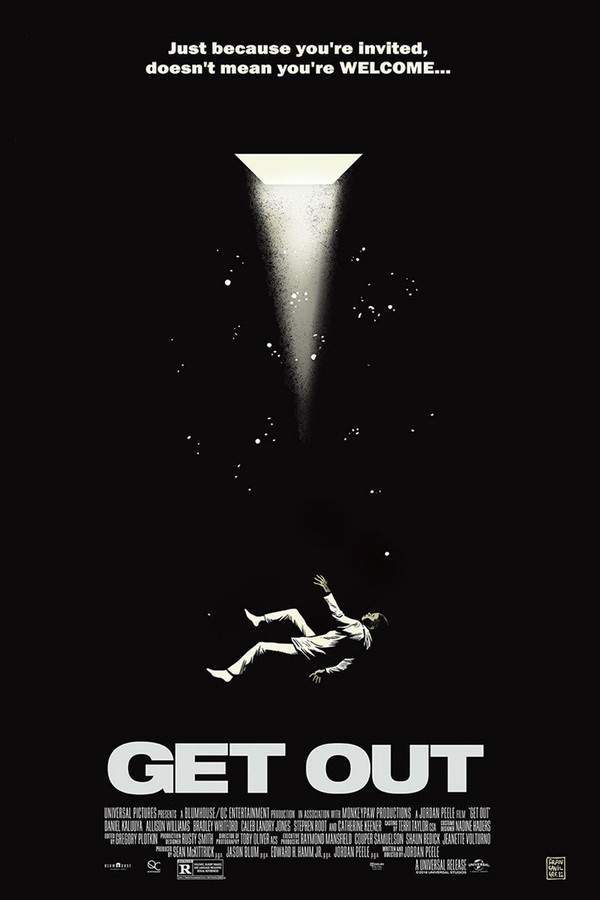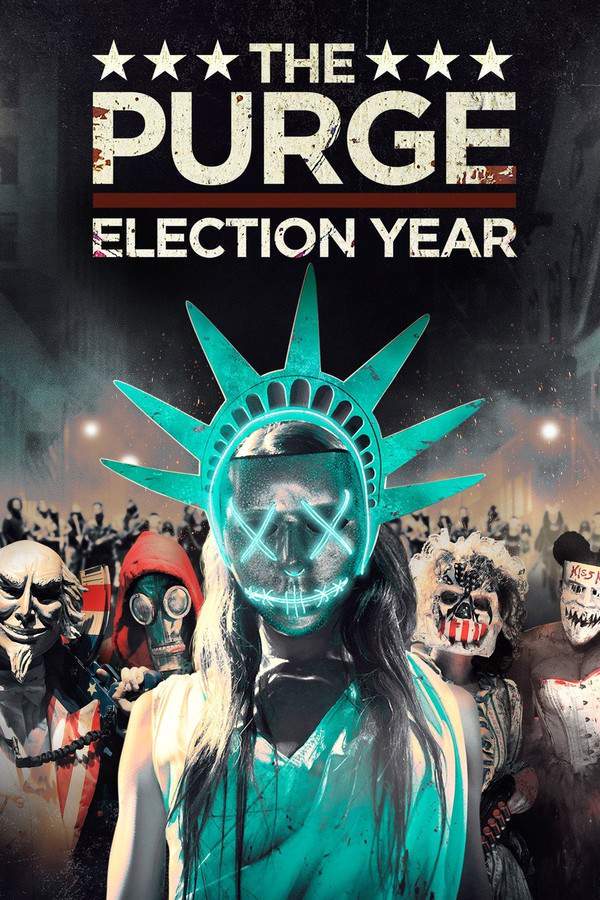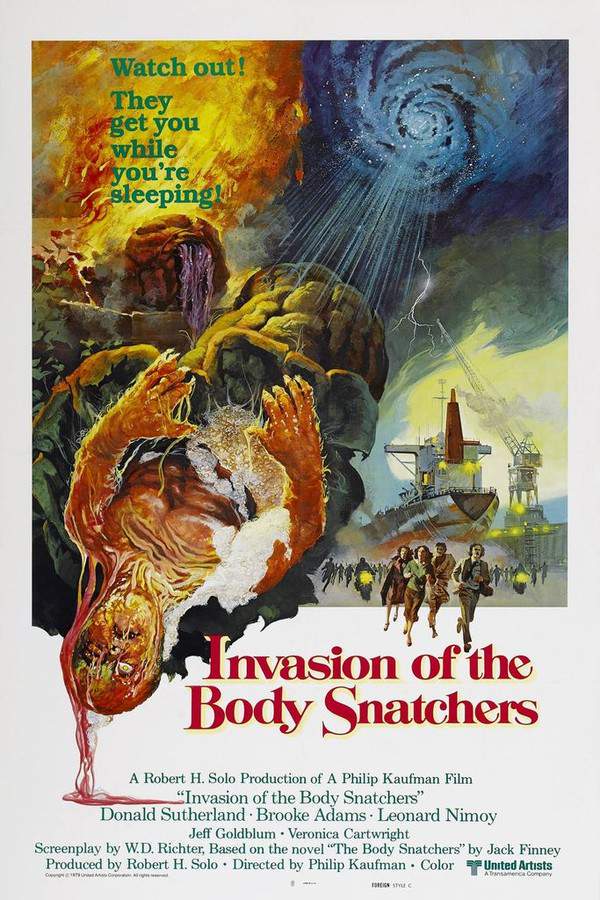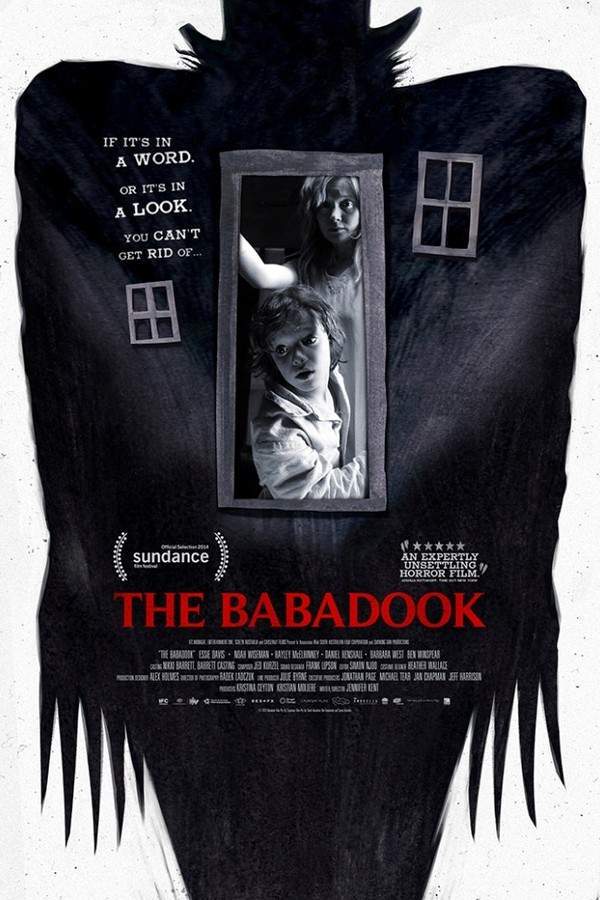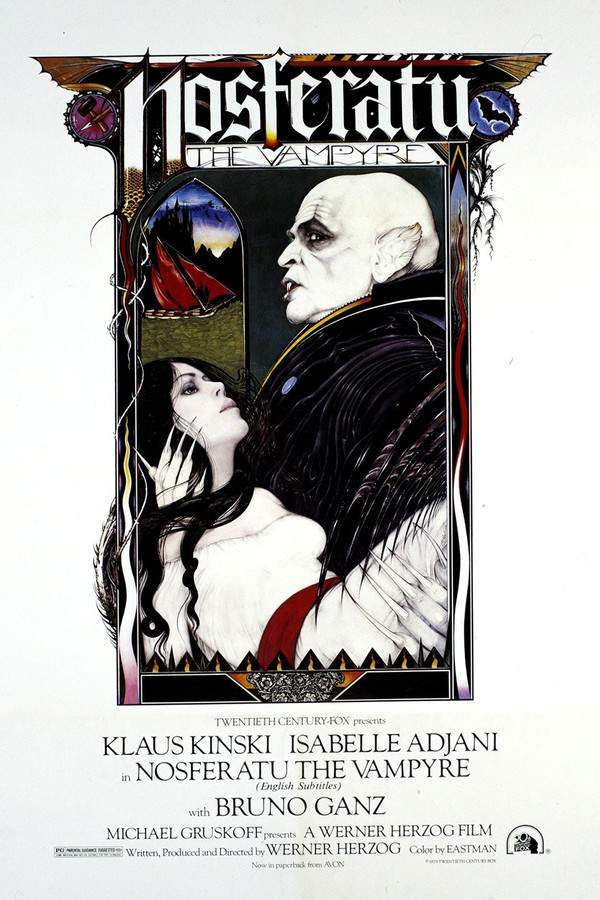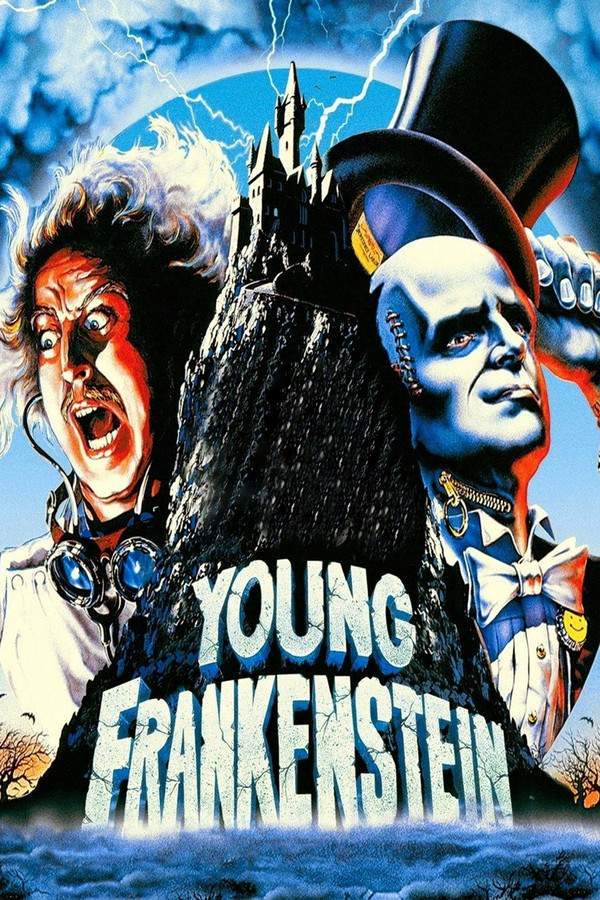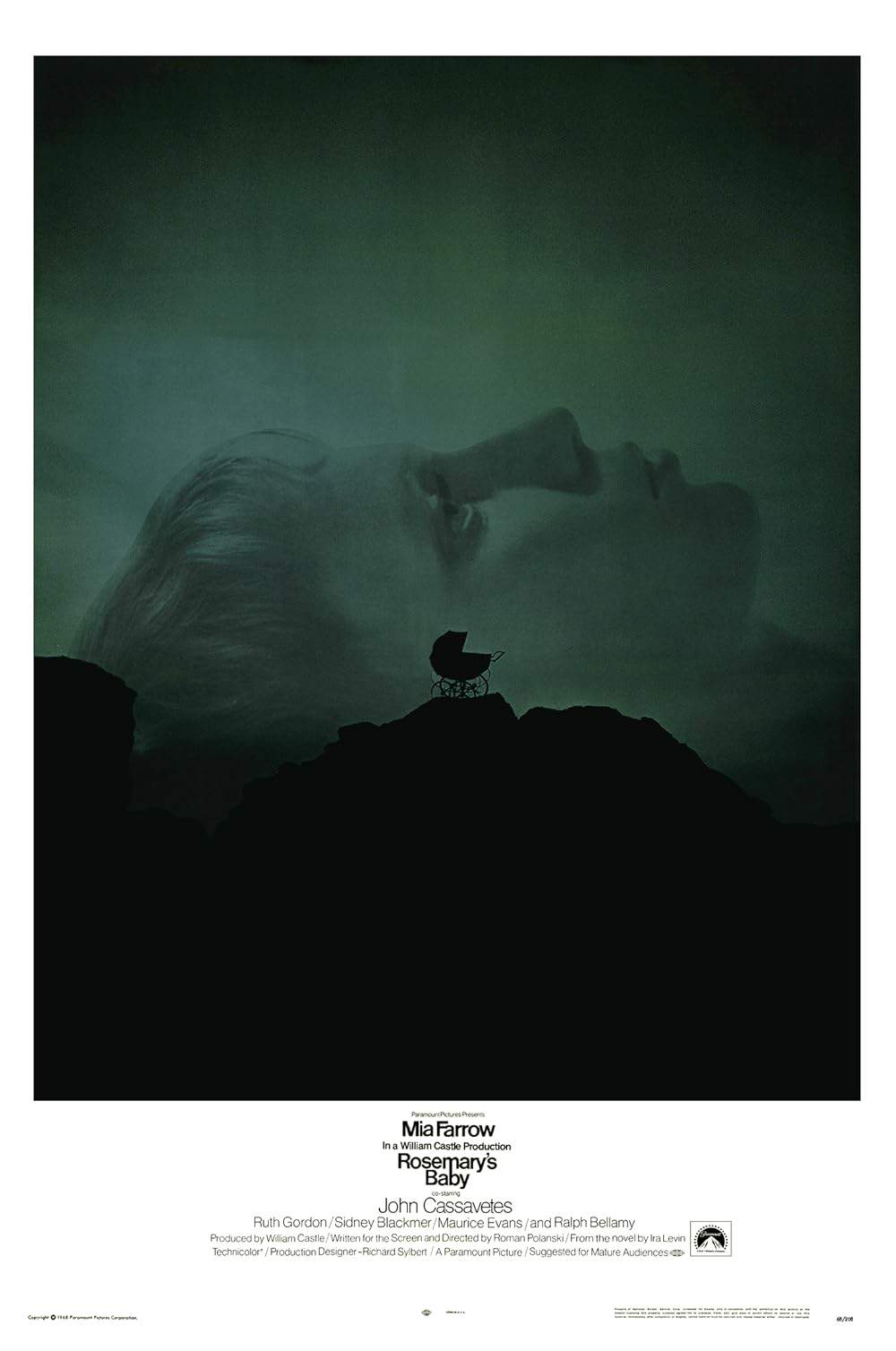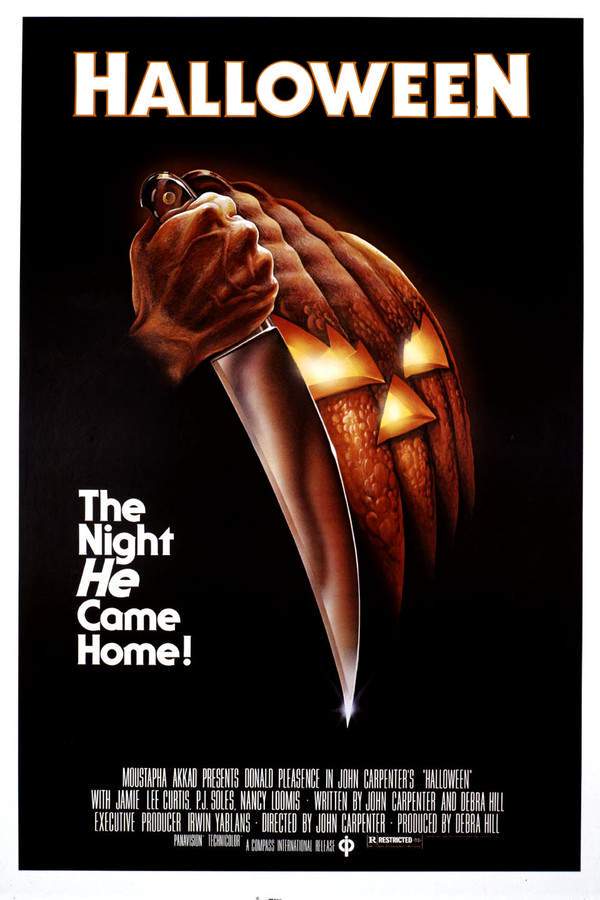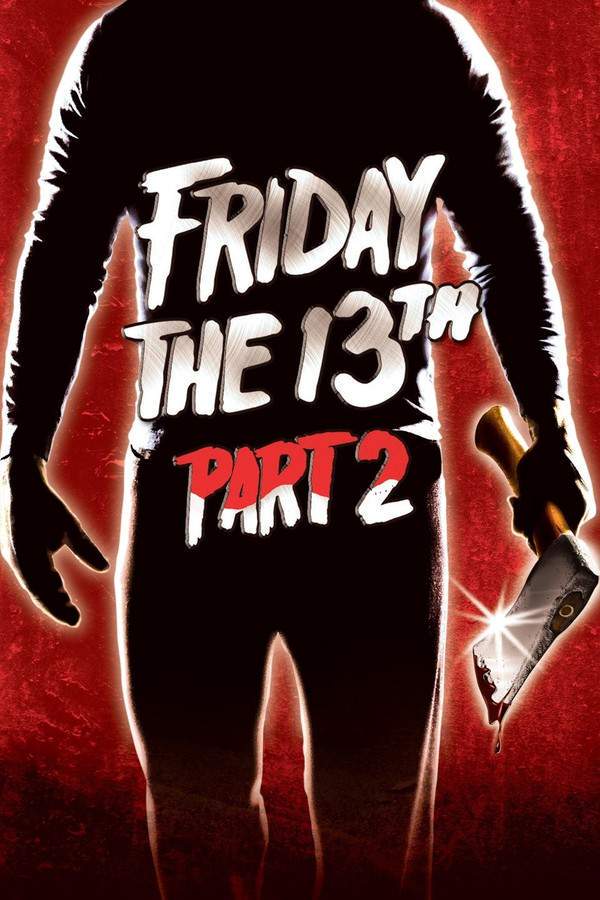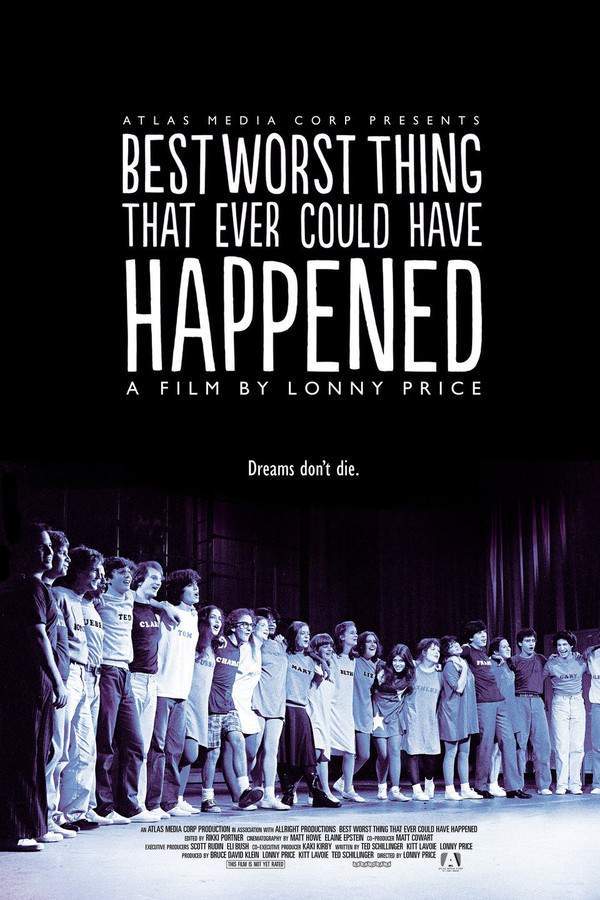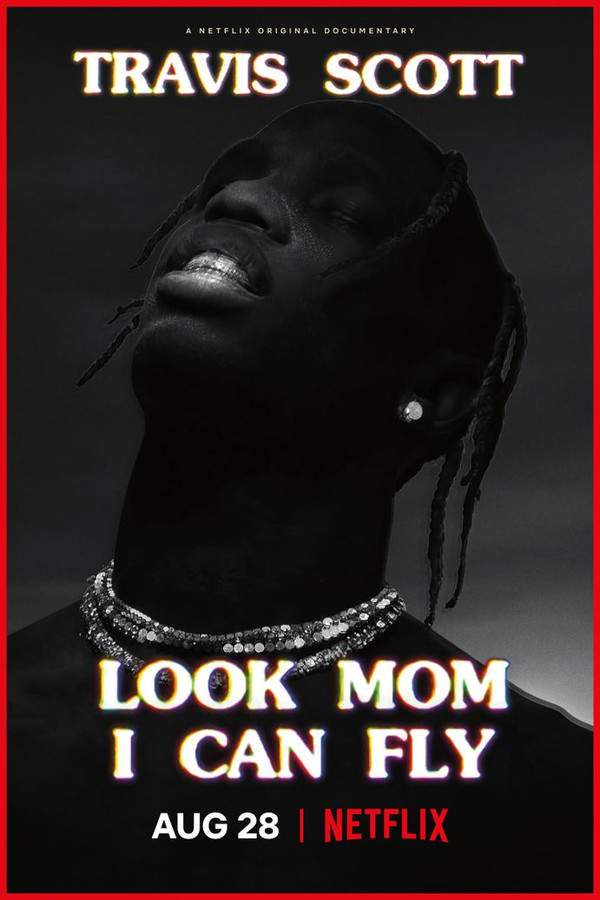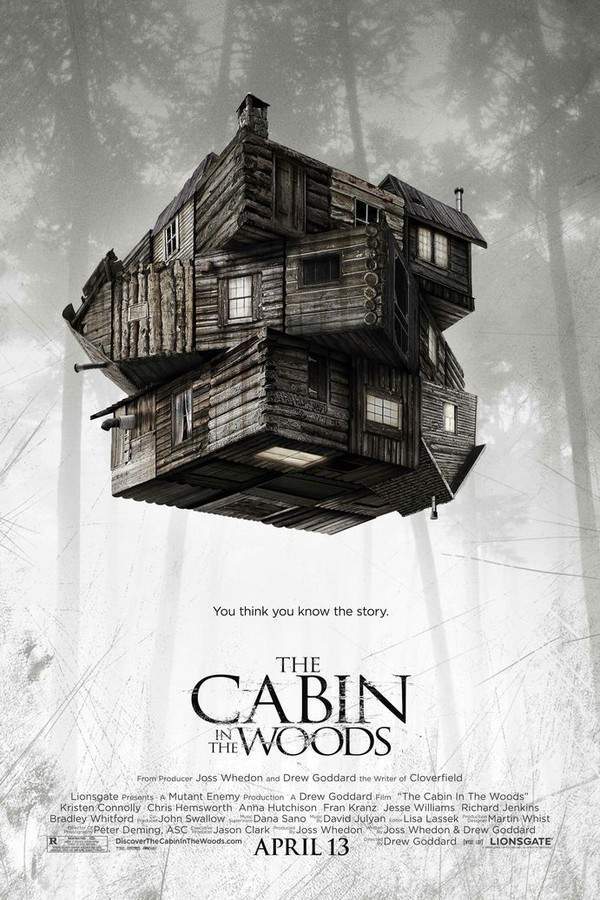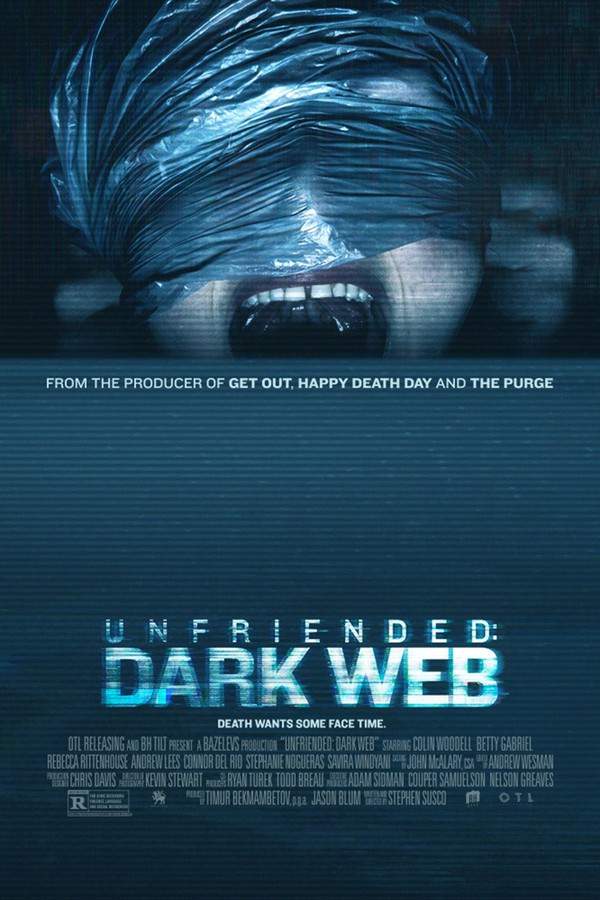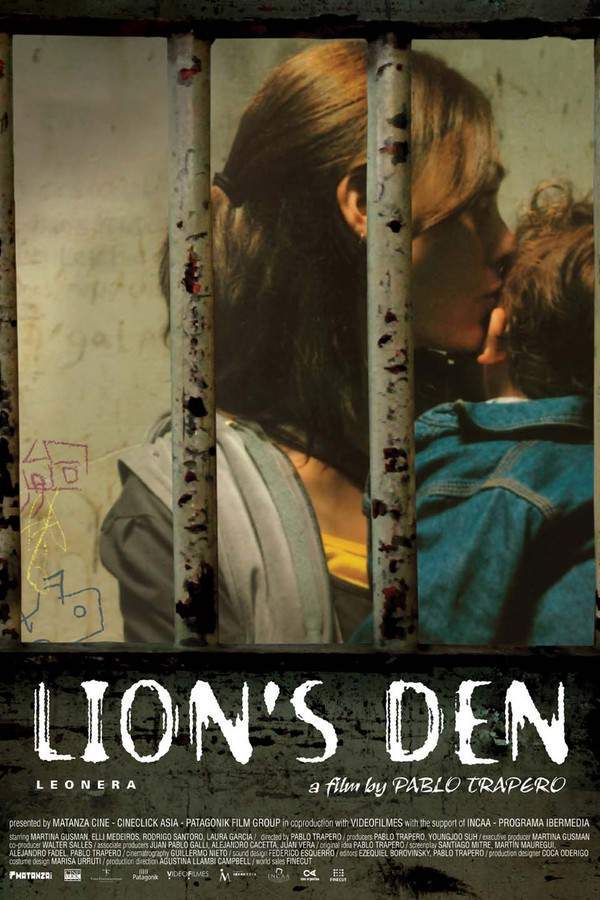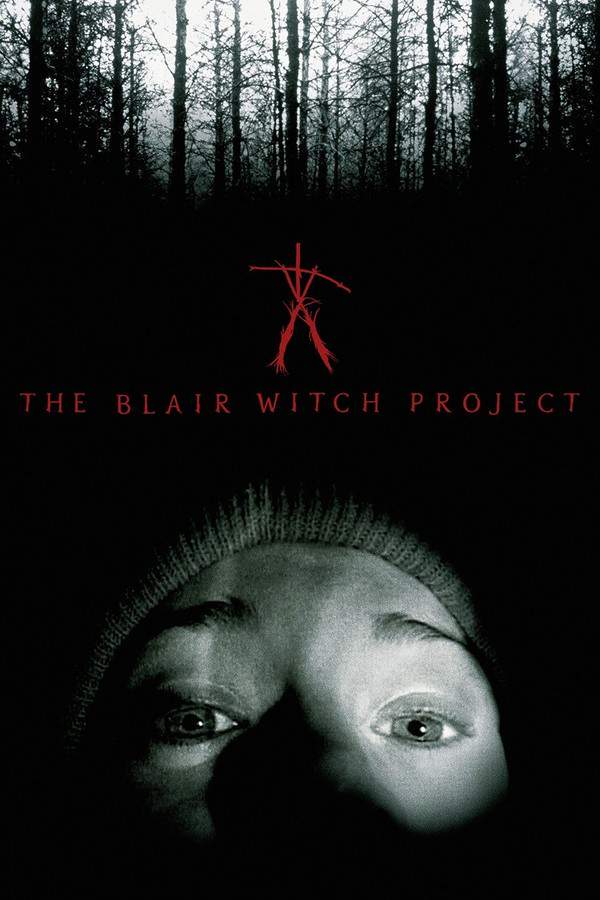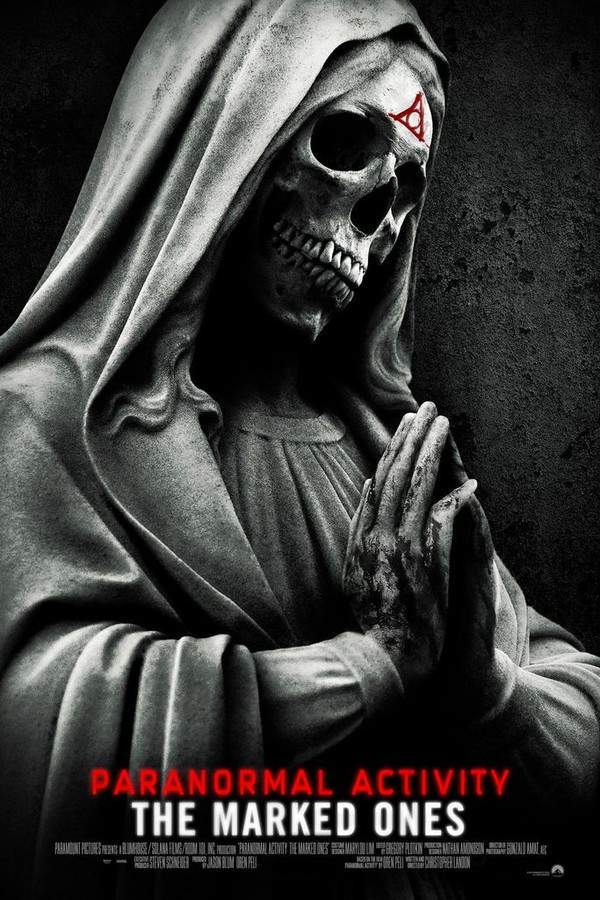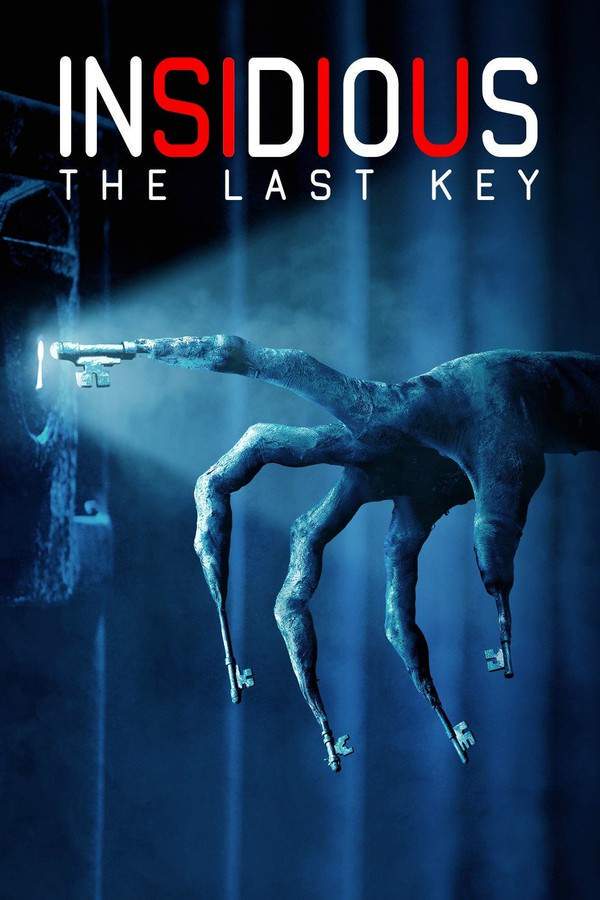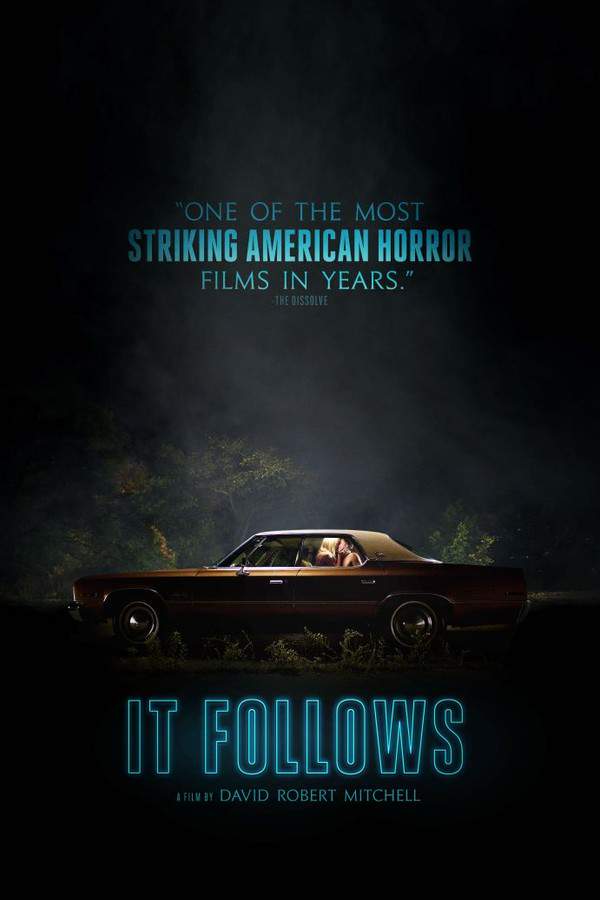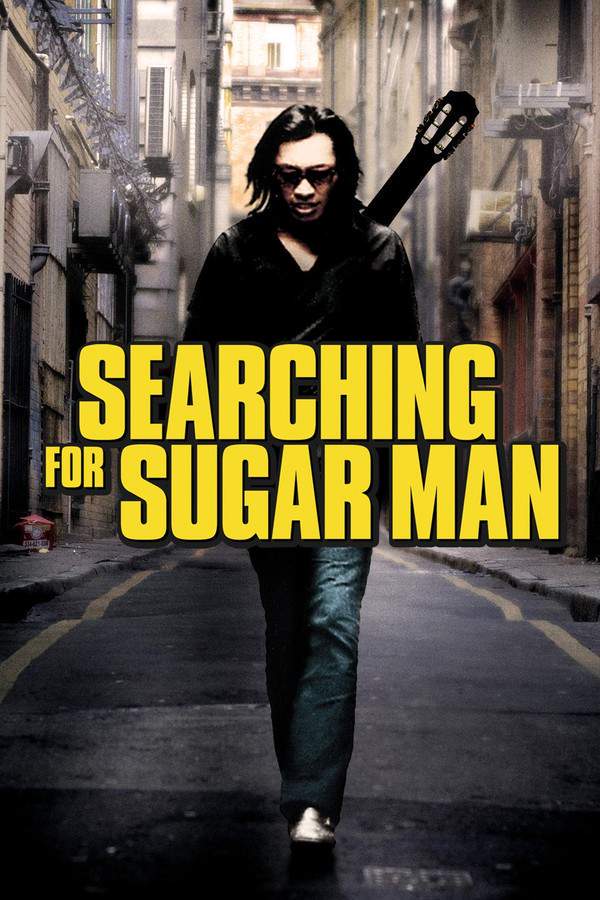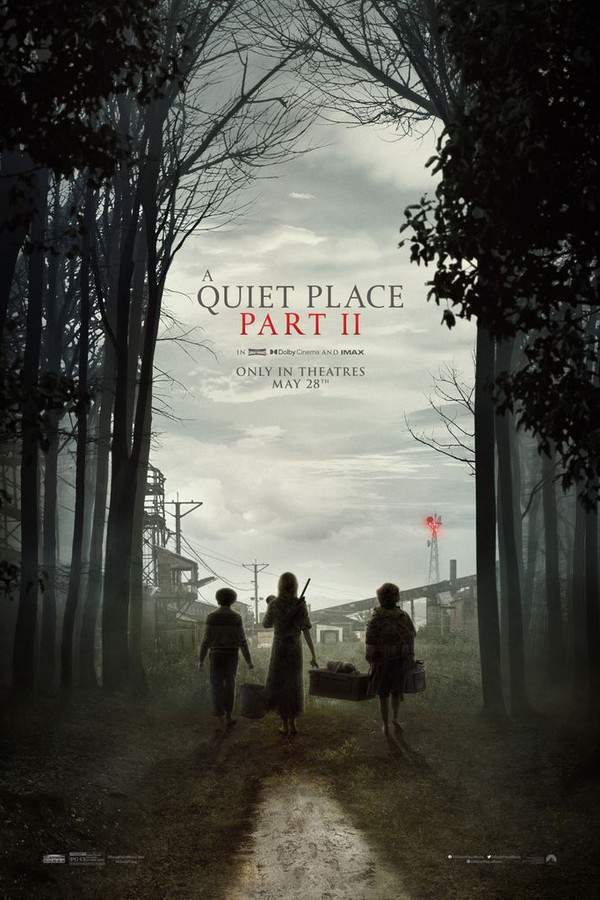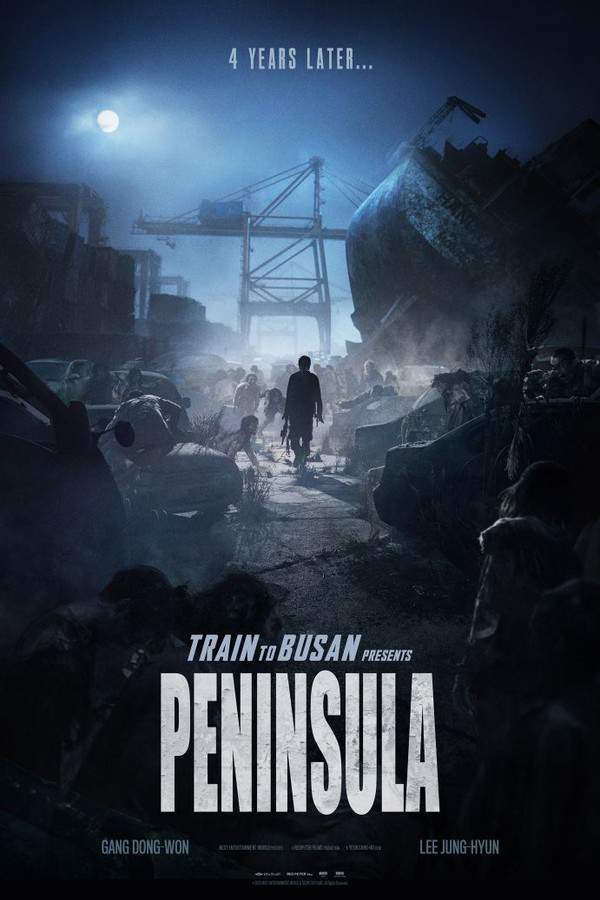What's After the Blog?
Genres • Criticism
The Psychology of Horror Movies: Why We Love to Be Scared
Explore the fascinating psychology behind our love for horror movies, delving into cultural influences, the evolution of the genre, and the thrill of fear in this in-depth blog post.
January 25, 2024
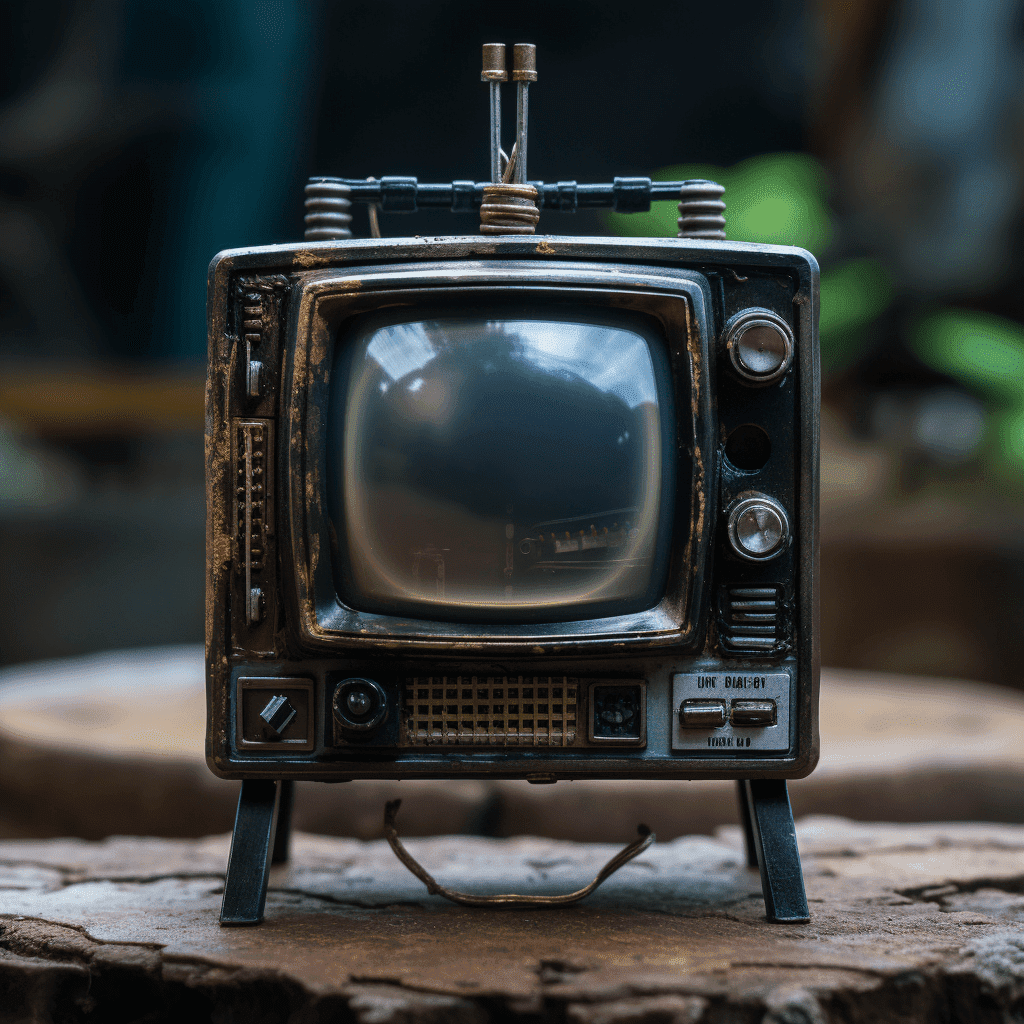
Movies mentioned in this article
The Psychology of Horror Movies: Why We Love to Be Scared
Introduction: The Thrill of Fear
The horror movie genre is a paradoxical landscape where fear and enjoyment intertwine, creating an adrenaline-fueled experience that audiences across the globe can’t seem to get enough of. This genre, ranging from psychological thrillers to supernatural horrors, consistently captivates and terrifies viewers, leaving them both horrified and exhilarated. What is it about these movies that draws people in? Why do we seek out experiences that are designed to scare us?
At the heart of this phenomenon is the complex relationship between fear and pleasure. Horror movies provide a unique form of entertainment – they allow us to experience fear in a controlled environment where the threat is exciting but not real. This blend of fear and safety is what makes horror films so appealing. When we watch a movie like The Conjuring or A Nightmare on Elm Street, we’re not just passive viewers; we become part of a journey where we can confront our deepest fears without any real danger. This balance of fear and security is a key reason why horror movies are a staple in the film industry.
The Science Behind Fear and Pleasure
The intriguing relationship between fear and pleasure in the context of horror movies is rooted in our psychological and physiological makeup. When we watch a scary movie, our body responds as if we were facing a real threat: our heart rate increases, adrenaline rushes through our body, and our senses become heightened. This physiological response, often referred to as the “fight or flight” response, prepares us to either confront or escape danger. However, in the safe environment of our living room or a movie theater, this heightened state of arousal is not followed by the need for physical action. Instead, it translates into a thrilling experience.
Why do we feel good after being scared? This question takes us deeper into the realm of psychology. The sense of relief and pleasure that often follows a frightening experience is due in part to the release of various neurotransmitters and hormones, like dopamine and endorphins, which are known to induce feelings of happiness and euphoria. A study conducted by the University of Westminster found that watching horror films can potentially lead to a calorie-burning effect, as the intense stress and fear induced by the film cause the heart rate to increase. This is not just about the short-term thrills; it’s also about the long-term psychological effects. Watching horror movies can be a way of vicariously experiencing fear and developing coping strategies for real-life stressors.
Movies like The Shining or Hereditary offer more than just jump scares; they delve into psychological fears, tapping into our primal instincts and societal anxieties. The fear elicited by these films can also lead to a sense of bonding when watched in groups. Sharing a scary experience with others can strengthen social ties and provide a shared emotional journey. This phenomenon can be observed in the popularity of horror movie nights among friends or the communal experiences at horror film festivals.
In conclusion, the allure of horror movies lies in their ability to make us feel alive, push our emotional boundaries, and allow us to explore the darker aspects of life from a safe distance. The blend of fear and pleasure, the physiological arousal, and the social aspects of watching horror films all contribute to our fascination with this genre. As we continue to explore the psychology behind horror movies, we uncover more about our own nature and why we are drawn to these stories of fear, suspense, and sometimes, even terror.
Cultural and Social Influences on Horror Movie Popularity
The appeal of horror movies extends beyond just the thrill and adrenaline rush; they also serve as a reflection of societal fears and anxieties. Across different cultures, horror movies tap into universal human emotions yet also play upon specific cultural fears. This duality allows them to resonate deeply with audiences, making them a powerful medium for storytelling.
One intriguing aspect is the question, “What makes a horror movie successful in different cultures?” The answer lies in how these films address culturally-specific fears while tapping into universal themes. For instance, Japanese horror films like Ringu and Ju-On: The Grudge often focus on themes of vengeance and the disturbance of spiritual peace, reflecting cultural beliefs in spirits and ancestral worlds. In contrast, American horror films, such as Get Out and The Purge, often delve into societal issues like racial tensions and class struggles, echoing the fears and anxieties prevalent in American society. This cultural specificity makes horror movies a fascinating study in how different societies express and handle fear.
Moreover, horror movies often evolve alongside societal changes. For example, the Cold War era saw a surge in science fiction horror, such as Invasion of the Body Snatchers, reflecting the fear of infiltration and loss of identity during a time of political paranoia. In recent years, there has been a rise in horror movies tackling mental health issues, as seen in The Babadook or Hereditary, paralleling a growing societal awareness and discussion around these topics. This evolution highlights how horror films are not just entertainment; they’re a lens through which we can view and understand societal fears and changes over time.
The Evolution of Horror Movies: From Classic to Contemporary
Horror movies have undergone a significant evolution from their inception to the present day. This evolution can be traced through various eras of horror, each marked by distinct themes, styles, and technological advancements. The journey from classic to contemporary horror is not just about changes in special effects or storytelling techniques; it’s a reflection of the changing fears and anxieties of society over time.
In the early days of cinema, horror films like Nosferatu and Frankenstein relied heavily on Gothic themes and monstrous figures to evoke fear. These early films set the stage for horror as a genre, utilizing suspense and the fear of the unknown to captivate audiences. As we moved into the mid-20th century, horror began to take on more psychological elements. Films like Psycho and Rosemary’s Baby delved into the human psyche, exploring themes of paranoia, insanity, and the breakdown of social norms.
The late 20th century saw the rise of slasher films, such as Halloween and Friday the 13th, which introduced a new kind of terror in the form of unstoppable, often faceless killers. This era also saw the emergence of body horror, with movies like The Thing and The Fly, which focused on the grotesque and the violation of the human body.
In recent years, the horror genre has embraced a more nuanced approach, often blending with other genres to create unique and unsettling experiences. Films like The Cabin in the Woods and Get Out have redefined horror, offering a mix of satire, social commentary, and traditional horror elements. The use of technology and social media in modern horror films, like Unfriended and The Den, reflects contemporary fears in the digital age.
This journey from classic to contemporary horror reveals how the genre has continually adapted to reflect and address the evolving fears and anxieties of society. Each era brings its own unique flavor to horror, creating a rich and diverse tapestry that continues to fascinate and terrify audiences around the world.
The Role of Suspense and Surprise in Horror Movies
Suspense and surprise are the lifeblood of horror movies, essential tools that filmmakers use to captivate and terrify audiences. These elements are what transform a mere scary story into a gripping, edge-of-your-seat experience. Alfred Hitchcock, the master of suspense, once explained the difference between surprise and suspense: a bomb exploding unexpectedly is a surprise, but a bomb ticking with the audience aware of it, yet the characters oblivious, creates suspense. This distinction is crucial in horror filmmaking.
The power of suspense lies in the anticipation of something frightening, rather than the frightening thing itself. It’s the build-up, the tension that keeps viewers hooked. Movies like The Blair Witch Project and Paranormal Activity are prime examples of using suspense to great effect. These films rely heavily on the audience’s imagination, creating a sense of dread and anticipation that something terrifying can happen at any moment. The less you see, the more your mind fills in the gaps, often with scenarios more horrifying than anything that could be shown on screen.
On the other hand, surprise or the ‘jump scare’ is a technique used to catch the audience off-guard, providing a sudden, intense burst of fear. While often criticized for being a cheap trick, when used skillfully, jump scares can significantly enhance the horror experience. Movies like Insidious and The Conjuring demonstrate how well-timed jump scares, combined with a suspenseful narrative, can create a memorable and terrifying experience. The key is moderation and timing; overuse of jump scares can desensitize the audience, while well-placed ones can heighten the sense of terror and shock.
Horror Movies and Emotional Catharsis
Horror movies offer more than just scares; they can be a form of emotional catharsis. This concept, first introduced by Aristotle, refers to the purging of emotions, particularly fear and pity. In the context of horror movies, this catharsis allows viewers to confront and release their fears in a controlled and safe environment. This release can be deeply satisfying and psychologically beneficial, as it helps viewers process and deal with their anxieties and fears.
The emotional journey through a horror film can be intense and cathartic. Watching characters navigate terrifying situations can act as a proxy for viewers to face their fears. This experience can be particularly potent in horror sub-genres that tap into deep-seated societal and personal anxieties. For example, movies like The Babadook deal with grief and mental illness, while films like It Follows explore themes of sexuality and STDs. These movies allow audiences to engage with and process complex emotions and fears in a way that can be therapeutic.
Furthermore, the shared experience of watching horror movies can enhance this sense of catharsis. Viewing horror films with others, either in a movie theater or a group setting, can create a communal experience of fear and relief. This shared emotional journey can lead to a sense of bonding and a collective release of tension and anxiety.
In conclusion, horror movies serve a vital function beyond entertainment. They provide a means for emotional catharsis, allowing audiences to confront and release their fears in a safe and controlled manner. This cathartic effect is one of the reasons why horror films continue to captivate and resonate with audiences around the world.
Horror Movies in the Digital Age
The digital age has revolutionized the horror movie experience, both in how these films are made and how they are consumed. Modern technology has not only enhanced the visual and auditory aspects of horror films but also changed the way audiences interact with this genre. The rise of online platforms and social media has opened up new avenues for horror enthusiasts to share their experiences, theories, and even discover hidden gems in the genre.
One significant impact of the digital age is the ability to access a vast array of horror movies from different eras and cultures. Platforms like What’s After the Movie (ATM), with its comprehensive movie database, allow users to explore a wide range of horror films, from classic titles to the latest releases. This accessibility has broadened the audience for horror movies, bringing in more diverse viewers and expanding the genre’s reach. Additionally, the digital age has seen the rise of horror movies that incorporate technology into their narratives, such as Unfriended and Searching, which use computer screens and social media as primary storytelling mediums. These films reflect contemporary fears about the digital world and offer a fresh take on traditional horror tropes.
Social media and digital communities have also played a crucial role in shaping the horror movie experience in the digital age. Platforms like Twitter, Reddit, and specialized horror movie forums have become spaces for fans to discuss, analyze, and speculate about horror movies. These communities foster a sense of belonging and provide a platform for shared experiences and discussions. Fan theories and interpretations can enhance the viewing experience, offering new perspectives and deeper insights into the films. This communal aspect of horror movie fandom in the digital era has transformed the genre into a more interactive and engaging experience.
The Future of Horror Movies: Trends and Predictions
Looking ahead, the future of horror movies is as exciting as it is unpredictable. Trends in the genre often reflect broader societal changes and technological advancements, making it a continually evolving landscape. One trend that is gaining momentum is the blending of horror with other genres. Films like Get Out and A Quiet Place have successfully combined horror with social commentary and drama, respectively, creating a more nuanced and multifaceted cinematic experience. This hybridization not only attracts a wider audience but also allows for more complex and layered storytelling.
Another emerging trend is the increasing use of virtual and augmented reality in horror. These technologies offer a more immersive experience, making the scares more intense and personal. Imagine a horror movie that you don’t just watch but physically experience, where the line between reality and fiction blurs. This could revolutionize the way horror movies are consumed and experienced, offering new opportunities for storytelling and audience engagement.
Furthermore, the rise of international horror movies is bringing fresh perspectives and styles to the genre. Films like Train to Busan from South Korea and The Babadook from Australia have received international acclaim, highlighting the global appeal and versatility of horror. This diversity enriches the genre, introducing audiences to different cultural interpretations of fear and storytelling techniques.
In conclusion, the future of horror movies is a blend of technological innovation, genre blending, and global influences. As society evolves, so too will the horror genre, reflecting our changing fears, anxieties, and technological landscape. The one constant is that horror movies will continue to captivate and terrify audiences, fulfilling our innate desire to confront the unknown and experience the thrill of fear.
Continue reading

What's After the Movie?
Not sure whether to stay after the credits? Find out!
Explore Our Movie Platform
New Movie Releases (2026)
Famous Movie Actors
Top Film Production Studios
Movie Plot Summaries & Endings
Major Movie Awards & Winners
Best Concert Films & Music Documentaries
Movie Collections and Curated Lists
© 2026 What's After the Movie. All rights reserved.

